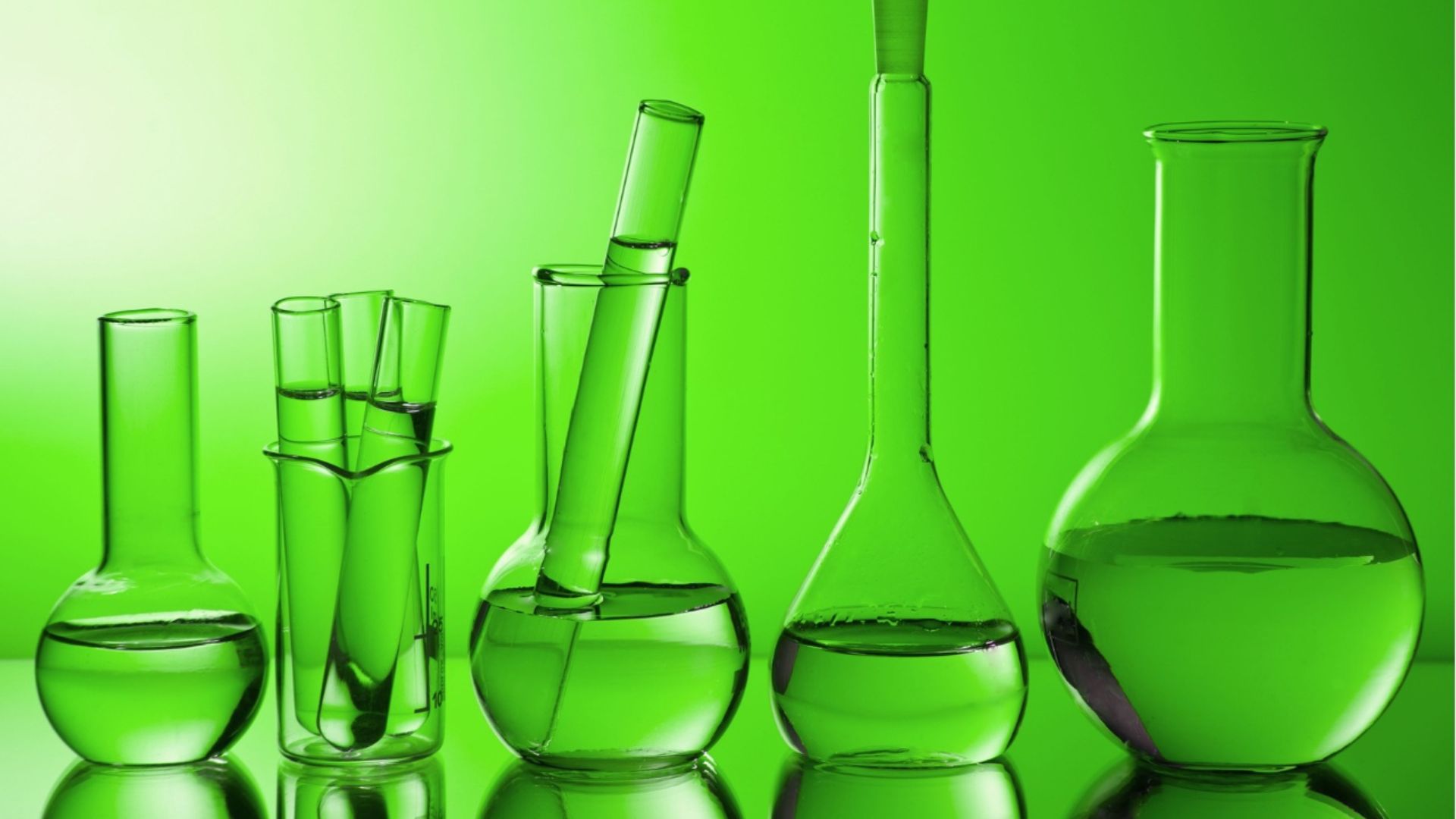Sustainable chemical usage is vital for reducing environmental impact and improving safety. By adopting practices that minimize harm and optimize resource use, businesses and individuals can contribute to a healthier planet. Here are effective strategies for promoting sustainable chemical usage.
1. Opt for Green Chemistry
Green chemistry focuses on designing products and processes that reduce or eliminate the use of hazardous substances. Choose chemicals that are less toxic and more environmentally friendly. Green chemistry principles help in developing safer products and processes from the start.

Ways to Promote Sustainable Chemical Usage
2. Use Eco-Friendly Chemicals
Selecting eco-friendly chemicals is a key step in sustainable chemical usage. Look for products with low environmental impact, such as those with biodegradable ingredients or minimal emissions. Eco-friendly chemicals help reduce pollution and waste.
3. Implement Waste Reduction Practices
Minimizing chemical waste is crucial for sustainability. Implement practices like recycling and reusing chemicals whenever possible. Proper disposal methods also help in reducing the environmental impact of chemical waste.
4. Conduct Regular Training
Educate employees about sustainable chemical usage through regular training sessions. Training should cover safe handling, proper disposal, and the benefits of using eco-friendly chemicals. Knowledgeable staff are essential for maintaining sustainable practices.
5. Adopt Efficient Use Practices
Optimize the use of chemicals by employing efficient practices. This includes using precise measurements, minimizing spills, and avoiding overuse. Efficient use reduces waste and ensures that chemicals are used only as needed.
6. Choose Sustainable Suppliers
Partner with suppliers who prioritize sustainability. Check if suppliers offer eco-friendly products and have sustainable practices in place. Working with responsible suppliers supports a broader shift toward sustainability in the industry.
7. Promote Product Stewardship
Encourage product stewardship, where companies take responsibility for the entire lifecycle of their products. This includes designing products that are easier to recycle and ensuring proper disposal. Product stewardship helps in reducing the overall environmental impact.
8. Implement Recycling Programs
Set up recycling programs for chemical containers and waste. Recycling reduces the need for new materials and minimizes environmental impact. Ensure that recycling programs are accessible and easy to follow.
9. Monitor and Evaluate Chemical Usage
Regularly monitor and evaluate chemical usage to identify areas for improvement. Use tracking systems to measure the quantities of chemicals used and waste generated. Evaluation helps in making informed decisions about reducing chemical use and improving sustainability.
10. Invest in Cleaner Technologies
Invest in cleaner technologies that minimize chemical use and emissions. Technologies such as advanced filtration systems and cleaner production methods can significantly reduce the environmental impact of chemical processes.
11. Support Innovation
Encourage and support innovation in sustainable chemical practices. This can involve investing in research and development for new, eco-friendly chemicals or methods. Innovation drives progress toward more sustainable chemical usage.
12. Establish Sustainability Goals
Set clear sustainability goals for chemical usage within your organization. Goals should be specific, measurable, and achievable. Regularly review progress toward these goals and adjust strategies as needed.
13. Foster Collaboration
Collaborate with other organizations and industry groups to promote sustainable chemical practices. Sharing knowledge and resources can lead to more effective solutions and broader adoption of sustainable practices.
14. Use Environmentally Friendly Packaging
Opt for packaging materials that are recyclable or biodegradable. Environmentally friendly packaging reduces waste and supports sustainability. Ensure that packaging choices align with your sustainability goals.
15. Communicate Your Commitment
Clearly communicate your commitment to sustainable chemical usage to customers, partners, and stakeholders. Transparency about your practices helps build trust and encourages others to adopt similar approaches.
Conclusion
Promoting sustainable chemical usage involves a combination of practices that reduce environmental impact and improve safety. By choosing green chemistry, using eco-friendly chemicals, implementing waste reduction, and investing in cleaner technologies, we can make significant strides toward sustainability. Regular training, collaboration, and clear goals further support these efforts, leading to a healthier planet and safer chemical practices.




